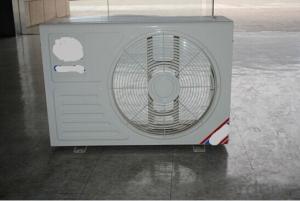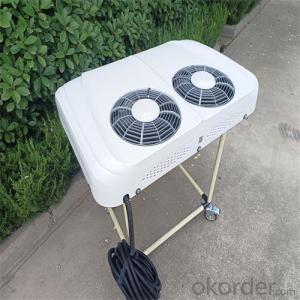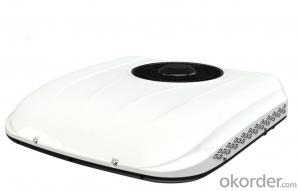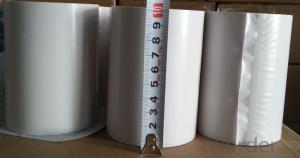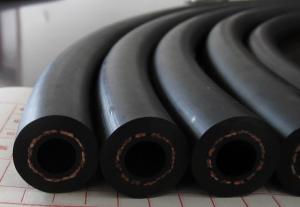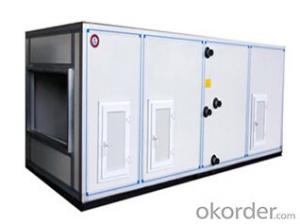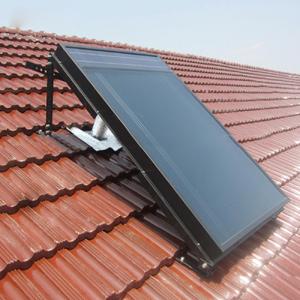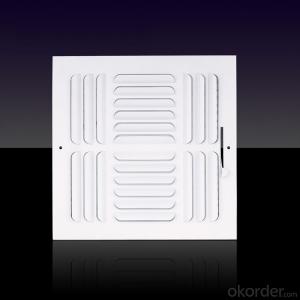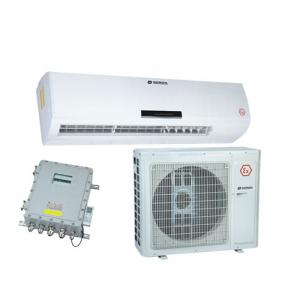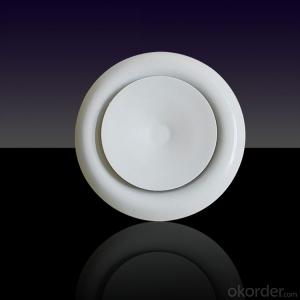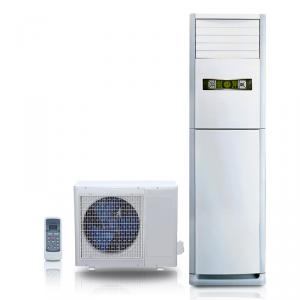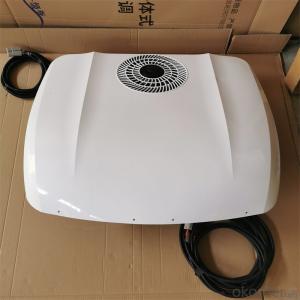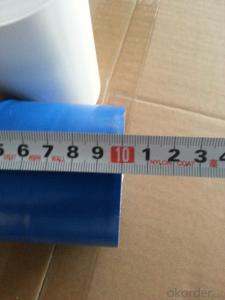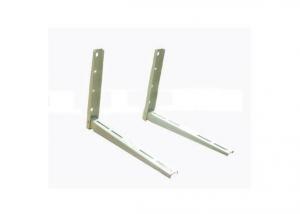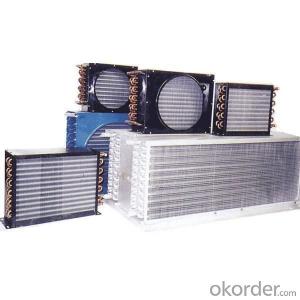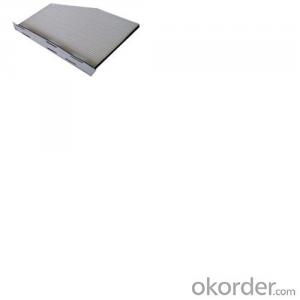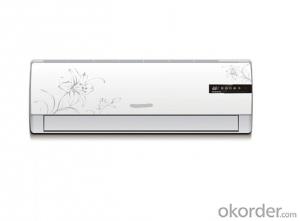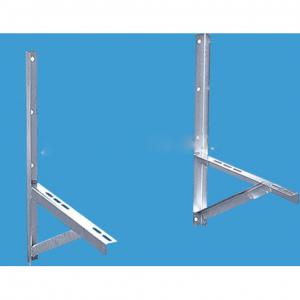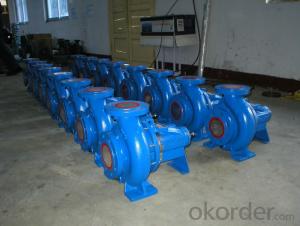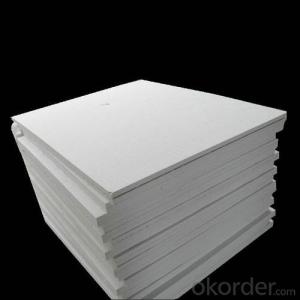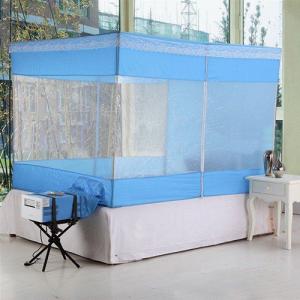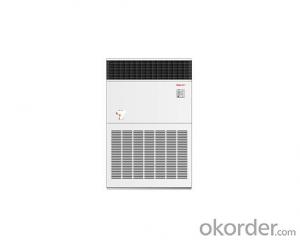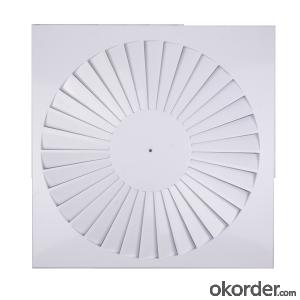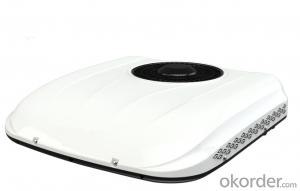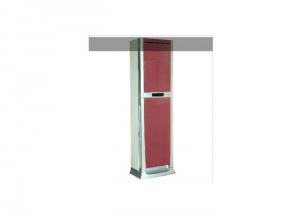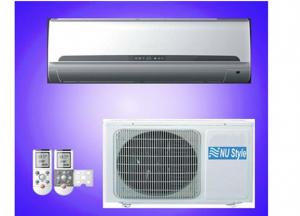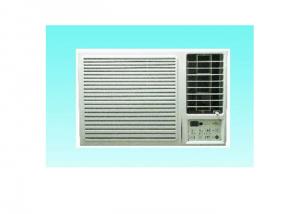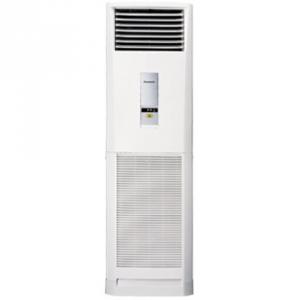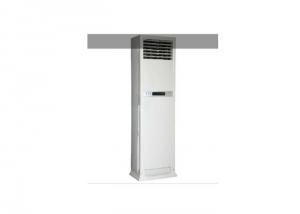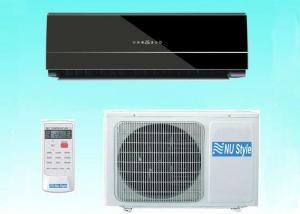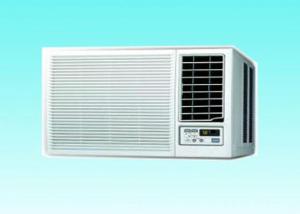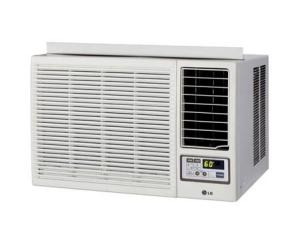Champion Air Conditioner Parts
Champion Air Conditioner Parts Related Searches
Hot Searches
Price For Air Conditioner Used Air Conditioner For Sale Cheap Air Conditioner For Sale Portable Air Conditioner For Sale Air Conditioner For Cheap Prices Air Conditioner Cooler Price Automotive Air Conditioning Parts SuppliersChampion Air Conditioner Parts Supplier & Manufacturer from China
Okorder.com is a professional Champion Air Conditioner Parts supplier & manufacturer, offers integrated one-stop services including real-time quoting and online cargo tracking. We are funded by CNBM Group, a Fortune 500 enterprise and the largest Champion Air Conditioner Parts firm in China.Hot Products
FAQ
- Yes, an air conditioner can help reduce humidity in a room. Air conditioners work by cooling the air and removing moisture through a process called condensation. As warm air passes over the evaporator coil of an air conditioner, it is cooled down, causing the moisture in the air to condense into water droplets. These droplets are then collected and drained out of the unit, effectively reducing the humidity in the room. Additionally, air conditioners also help circulate and filter the air, which further contributes to reducing humidity levels.
- The process of installing a smart thermostat for your air conditioner is fairly straightforward. Here is a step-by-step guide on how to do it: 1. Ensure compatibility: Before buying a smart thermostat, check if it is compatible with your air conditioner system. Refer to the manufacturer's specifications and requirements to ensure a proper fit. 2. Power off: Begin by turning off the power to your air conditioner system. This can usually be accomplished by switching off the circuit breaker that controls the AC unit. 3. Remove the old thermostat: Take off the cover of your current thermostat to expose the wires connected to it. Take a picture or note down the wire connections for future reference. Carefully disconnect the wires, ensuring they don't fall back into the wall. 4. Mounting plate installation: Attach the mounting plate provided with your smart thermostat to the wall, using the screws provided. Make sure it is level and securely fastened. 5. Wire connection: Connect the wires from your air conditioner system to the corresponding terminals on the smart thermostat. Follow the manufacturer's labeling for proper connections. Use a screwdriver to secure the wires in place. 6. Install the smart thermostat: Carefully slide the smart thermostat onto the mounting plate, ensuring a firm attachment. Some models may require twisting or snapping into place. 7. Power on: Once the smart thermostat is securely installed, you can turn the power back on by switching on the circuit breaker. 8. Set up the smart thermostat: Follow the manufacturer's instructions to set up your smart thermostat. This will typically involve connecting it to your home's Wi-Fi network and configuring settings using a smartphone app or the thermostat's interface. 9. Personalize settings: Take some time to customize the settings on your smart thermostat according to your preferences. This may include setting temperature schedules, creating zones, or activating energy-saving features. 10. Test and monitor: Finally, test your smart thermostat by adjusting the temperature and ensuring that your air conditioner responds accordingly. Monitor its performance and make any necessary adjustments to optimize comfort and energy efficiency. Remember to consult the manufacturer's installation guide for specific instructions tailored to your smart thermostat model. If you feel unsure about any step of the installation process, it is advisable to seek professional assistance to ensure a safe and proper installation.
- Household air-conditioning ventilation how useless?
- Air-conditioning maintenance, I do this thing no practical value, mainly is to make the room air outside the room air to communicate to purify air, this air conditioning to buy expensive but it's not a practical effect, home air conditioning refrigeration and heating, is only required to other functions just lick the head, there is no use a lot of use. What ghost transaired function, on the other hand, is a blind, home air conditioning is a closed cycle, only indoor air through the evaporator (indoor machine) outside air into not to, even in the affected refrigeration capacity
- There are several common problems that can occur with air conditioners. One common issue is a lack of cooling. This can be caused by a variety of factors, such as a dirty air filter, low refrigerant levels, a malfunctioning compressor, or a faulty thermostat. Another common problem is poor airflow, which can be caused by a dirty evaporator coil, a blocked or dirty air duct, or a malfunctioning fan motor. Additionally, air conditioners can experience leaks, which can be due to a damaged condensate drain line, a clogged drain pan, or a faulty seal. Other common problems include strange noises coming from the unit, such as rattling or grinding sounds, which may indicate a loose or damaged component, and electrical issues, such as a blown fuse or faulty wiring. It's important to address these problems promptly as they can lead to reduced efficiency, higher energy bills, and even complete system failure if left unattended. Regular maintenance and inspections by a professional can help prevent these problems and ensure the proper functioning of the air conditioner.
- Household central air conditioning wind pipe and more online what is the difference between the good
- This question make people collapse, first of all, the suction air conditioning refers to the type of installation, the wind pipe form refers to the interface, VRF system form, more online is the system, so the air conditioning and wind machine, suction a top said simple point is that you do more online system, air conditioner can be condole top, pick up air duct, wall, floor and so on form, according to the requirements of the function space, decoration and other factors to determine. Cooling way is through the host power to change the physical properties of refrigerant, liquefied exothermic (so each machine has a fan blowing, the purpose is to take the heat out), then the copper pipe connection fitting gasification and heat to the indoor unit heat exchanger, heat exchange with the indoor air, and take away heat.
- The effect of air conditioner expansion valve? Snow kind of processes are the compressor and condenser - expansion penalty - evaporation box - in the compressor, such right, thank you for directions
- 1. The expansion valve throttling depressurization effect, via high pressure of the cooled condenser refrigerant liquid through the throttle valve for blocked and make the pressure drop, cause refrigerant liquid gasification, at the same time to absorb latent heat of gasification temperature is reduced, its itself become the low temperature low pressure wet steam, and then into the evaporator. 2. The thermal expansion valve is one of the main components of a refrigeration system, and four items. Installed in (or receiver) between evaporator and condenser, the valve outlet connection evaporator imports, thermal bag close to in the end of the evaporator, is in high pressure and low pressure in the refrigeration system, the boundaries between the in front of the expansion valve throttling is saturated liquid or high pressure supercooled liquid, after the throttle is refrigerant mixture of low pressure, low saturated liquid and steam. 3. The compressor condenser, expansion valve and evaporation box - compressor what you said is right
- What is the difference between air conditioning and air source heat pump, with what principle?
- The scope of the air conditioning is very big, he included the air source heat pump. Air conditioners are divided into: evaporative and absorption. Air conditioning need refrigerant, only to the nature of the refrigerant evaporative often use cold media: R22, R407C, R410a, R134a has a and so on. Absorption often use cold media is: lithium bromide aqueous solution, etc General in refrigeration and air conditioning, it is through the phase change of refrigerant in the evaporator (liquid into gas) absorb indoor quantity of heat, again through the outdoor condenser heat to realize the refrigeration. His is mainly finned heat exchanger heat exchange equipment. And he is in the air air source heat pump low grade can be converted into we can use the high grade. Through the phase change of refrigerant in the evaporator (heat) to absorb heat from the air, and then through the interior of the condenser (or casing heat exchanger), heat release and heat taken from the implementation. This is his state of heating, refrigeration and its general air conditioning, just heat exchanger may be different, often use water as air source heat pump heating medium, through the casing heat exchanger of heat exchange. General air conditioning is ordinary finned heat exchanger. So the air source heat pump used, that is, the principle of air conditioning. At present domestic air source heat pump is more, very miscellaneous, do good giant is not much said, the recent finney is fine
- What is the difference between ordinary air conditioning and central air conditioning
- Central air conditioning, more than one machine room can use at the same time, also can open a single room, single open than the average points native demanding, there is a kind of a number of central air conditioning, there are several compressor, single open a room, will only start a press, inefficient and ordinary, province, good-looking, typically hidden in the ceiling, with the wind, such as shopping mall), and side wind (a hotel standard room), cost is high, ordinary fission air conditioning, a room one machine, can be single, don't open at the same time, save electricity, the ark of the sitting room, if you buy luxury apartments, suggested the central air conditioning, the sitting room with at least a small central air conditioning, save one square place, to pick up the air conditioning
